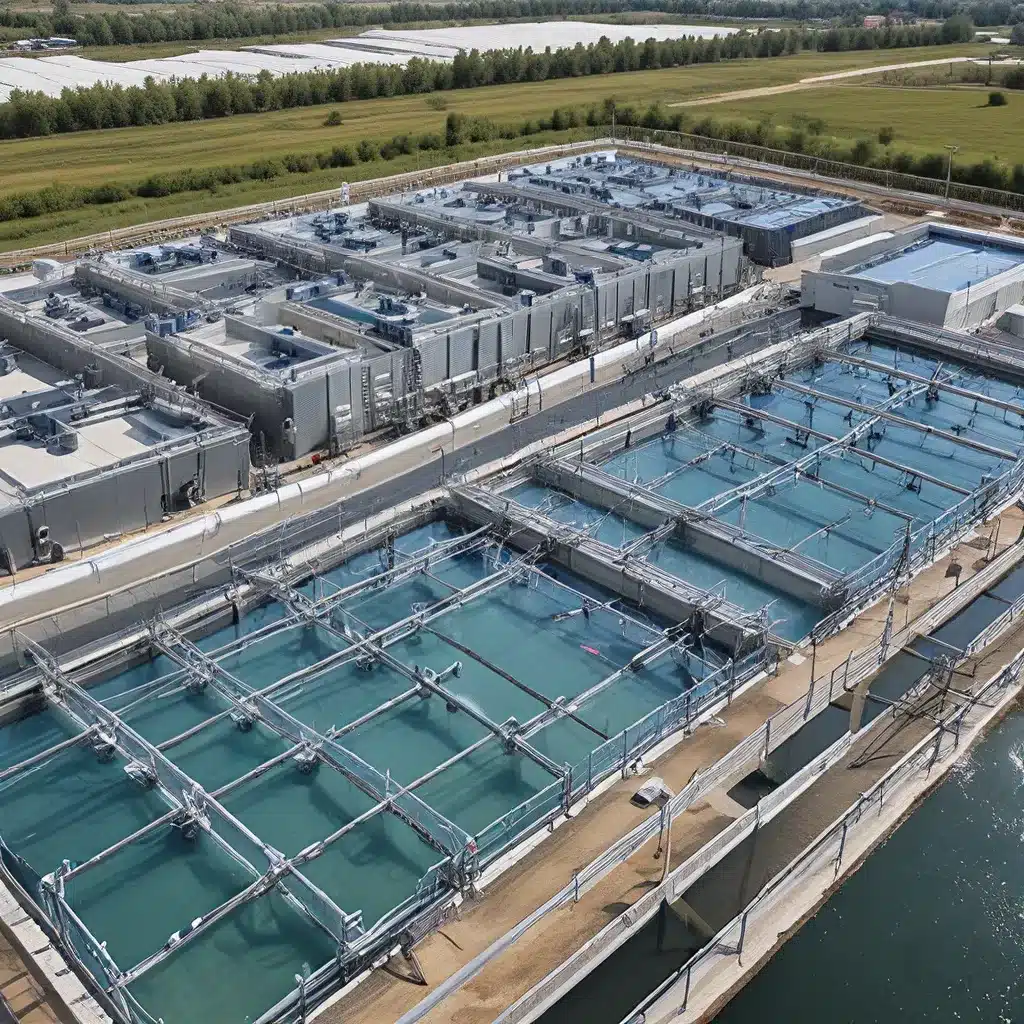
Unlocking the Modular Advantage in Water Treatment
Have you ever wondered how water treatment facilities manage to keep up with the ever-evolving demands of our modern world? The answer lies in the power of modular architectures – a transformative approach that is reshaping the landscape of water treatment.
As someone deeply fascinated by the inner workings of water treatment, I’ve always been intrigued by the ability of the industry to adapt and innovate. And let me tell you, the rise of modular architectures is nothing short of a game-changer. It’s like watching a puzzle come together, with each piece seamlessly interlocking to create a masterpiece of efficiency and flexibility.
Unraveling the Modular Approach
So, what exactly are modular architectures, and how do they revolutionize water treatment? In essence, modular architectures are built on the principle of breaking down complex systems into smaller, interconnected components. Much like how Lego bricks can be assembled in countless ways, modular water treatment systems allow for the easy addition, removal, or modification of individual elements to meet changing needs.
Imagine a water treatment plant that can seamlessly expand its capacity to handle increased demand, or one that can effortlessly adapt to new regulatory requirements. That’s the power of modular architectures in action. By designing water treatment systems with a modular mindset, engineers and operators can respond to evolving circumstances with agility and precision.
Unleashing the Benefits of Modularity
The advantages of embracing modular architectures in water treatment are numerous and far-reaching. Let’s dive into some of the key benefits:
-
Scalability and Flexibility: With modular systems, water treatment facilities can easily scale up or down their operations to match fluctuating demands. Adding or removing treatment modules becomes a straightforward process, allowing for a more responsive and adaptable infrastructure.
-
Reduced Downtime: Modular designs make it possible to perform targeted maintenance or upgrades without disrupting the entire system. If one component needs attention, it can be swapped out or repaired while the rest of the plant continues to operate, minimizing costly downtime.
-
Cost-Effectiveness: Modular architectures often come with a lower upfront investment compared to traditional, monolithic water treatment systems. They also provide the opportunity to phase in upgrades and expansions over time, allowing utilities to spread out their capital expenditures.
-
Technological Advancement: Modular systems are inherently designed to accommodate the integration of new technologies and innovations. As water treatment processes evolve, modular architectures make it easier to adopt the latest advancements without extensive system overhauls.
-
Improved Efficiency: By breaking down water treatment into manageable modules, operators can fine-tune and optimize each component for maximum efficiency. This granular control translates to enhanced performance, lower energy consumption, and reduced operational costs.
Navigating the Modular Landscape
Embracing modular architectures in water treatment is not without its challenges, but the benefits far outweigh the obstacles. The key is to approach the transition with a well-rounded strategy and a deep understanding of the nuances involved.
One of the primary considerations is the need for robust planning and system design. Modular systems require careful thought and foresight to ensure seamless integration, scalability, and future-proofing. Partnering with experienced water treatment experts, like those at Inland Waters, can be invaluable in navigating the complexities of modular implementation.
Another critical aspect is the development of a strong data management and analytics infrastructure. Modular systems generate a wealth of real-time data, and leveraging this information to optimize performance and predict maintenance needs is crucial. The concept of “data products” – where data is transformed into actionable insights – can be a game-changer in this context.
Embracing the Future of Water Treatment
As we look to the future of water treatment, the rise of modular architectures is undoubtedly a transformative force. By harnessing the power of modularity, water utilities can unlock unprecedented levels of scalability, flexibility, and efficiency – all while positioning themselves to adapt to the ever-changing demands of the industry.
It’s an exciting time to be in the water treatment field, and I can’t wait to see how modular architectures continue to shape the landscape. So, let’s dive in, explore the possibilities, and unlock the full potential of this revolutionary approach. After all, the future of water treatment is modular, and the possibilities are endless.


